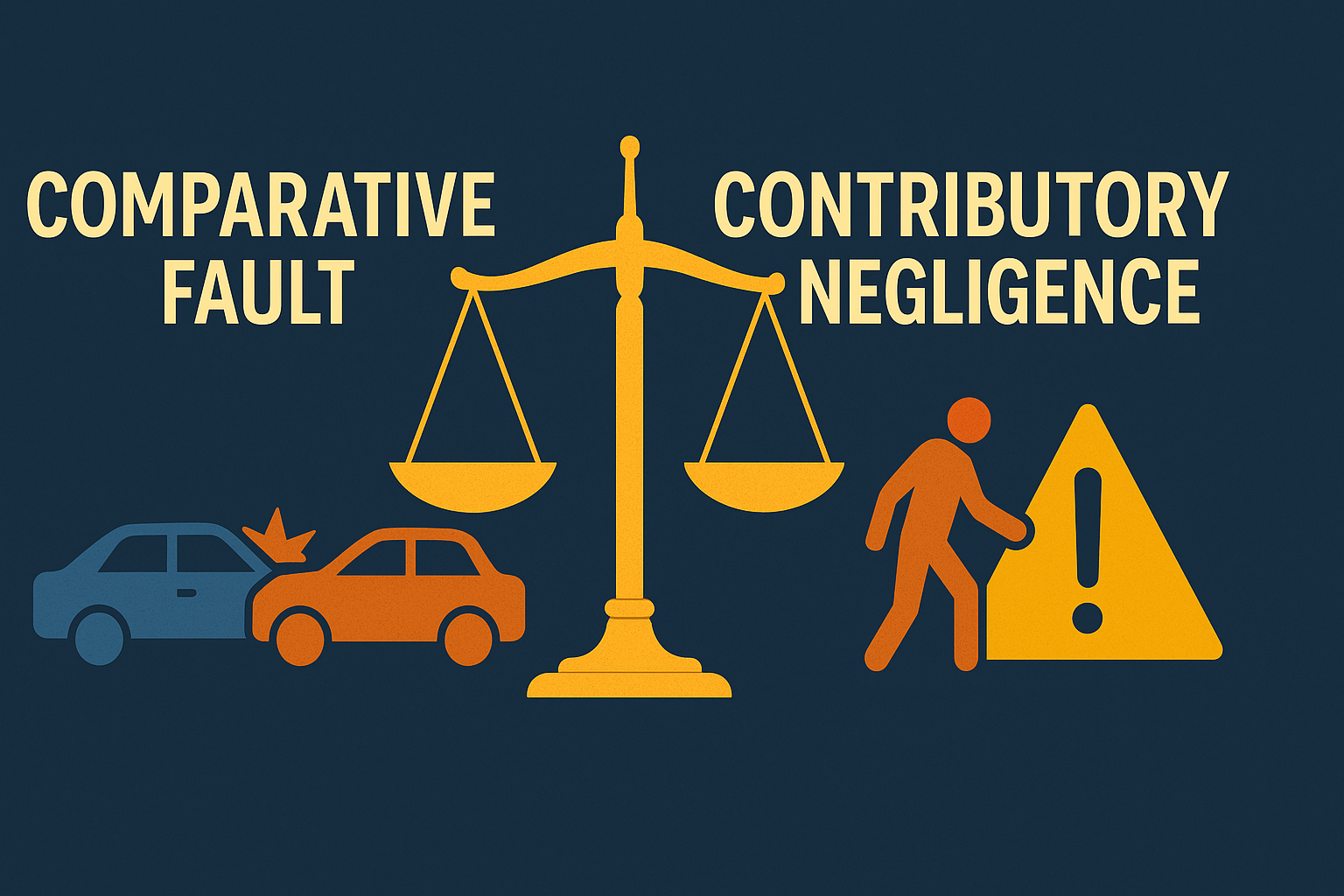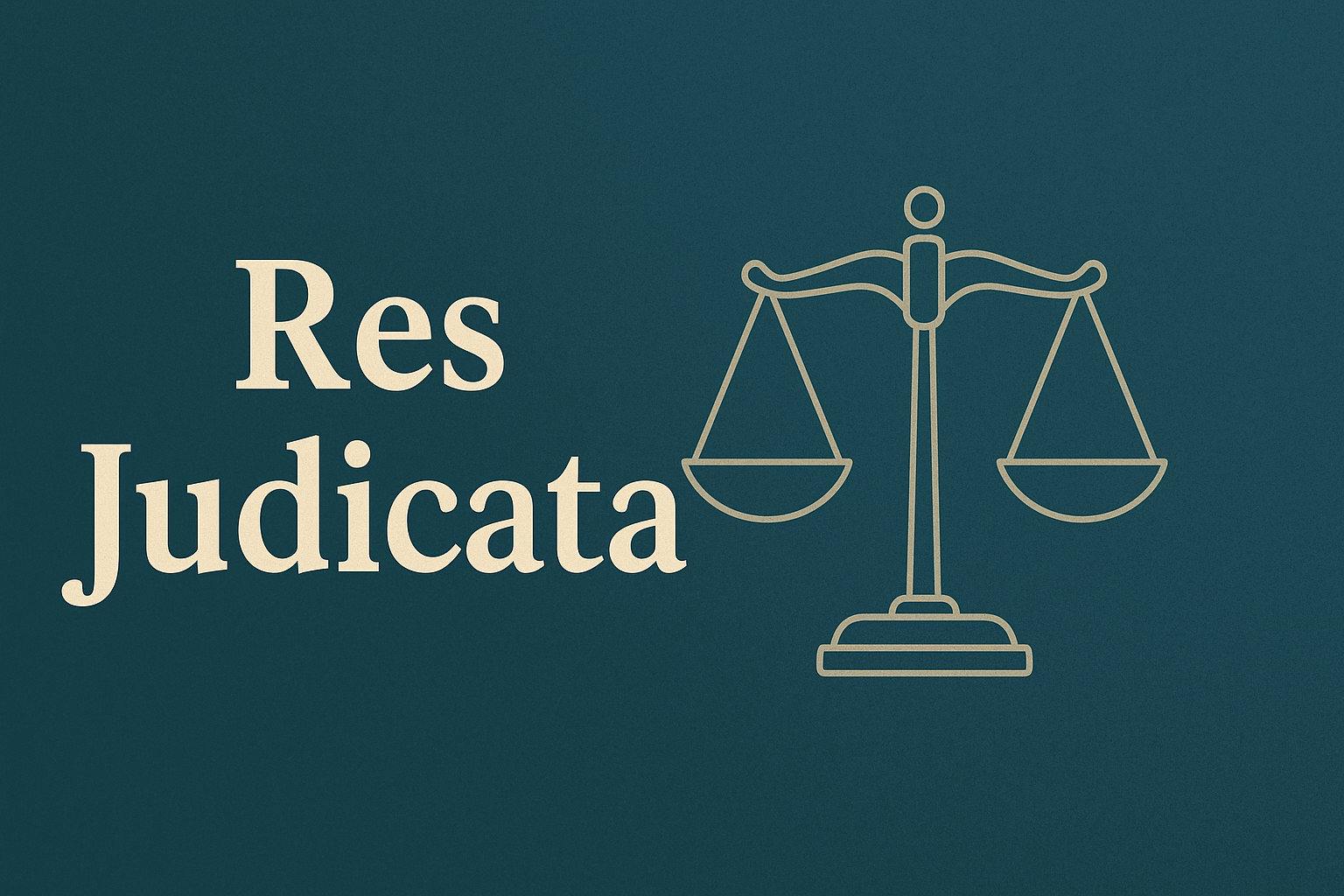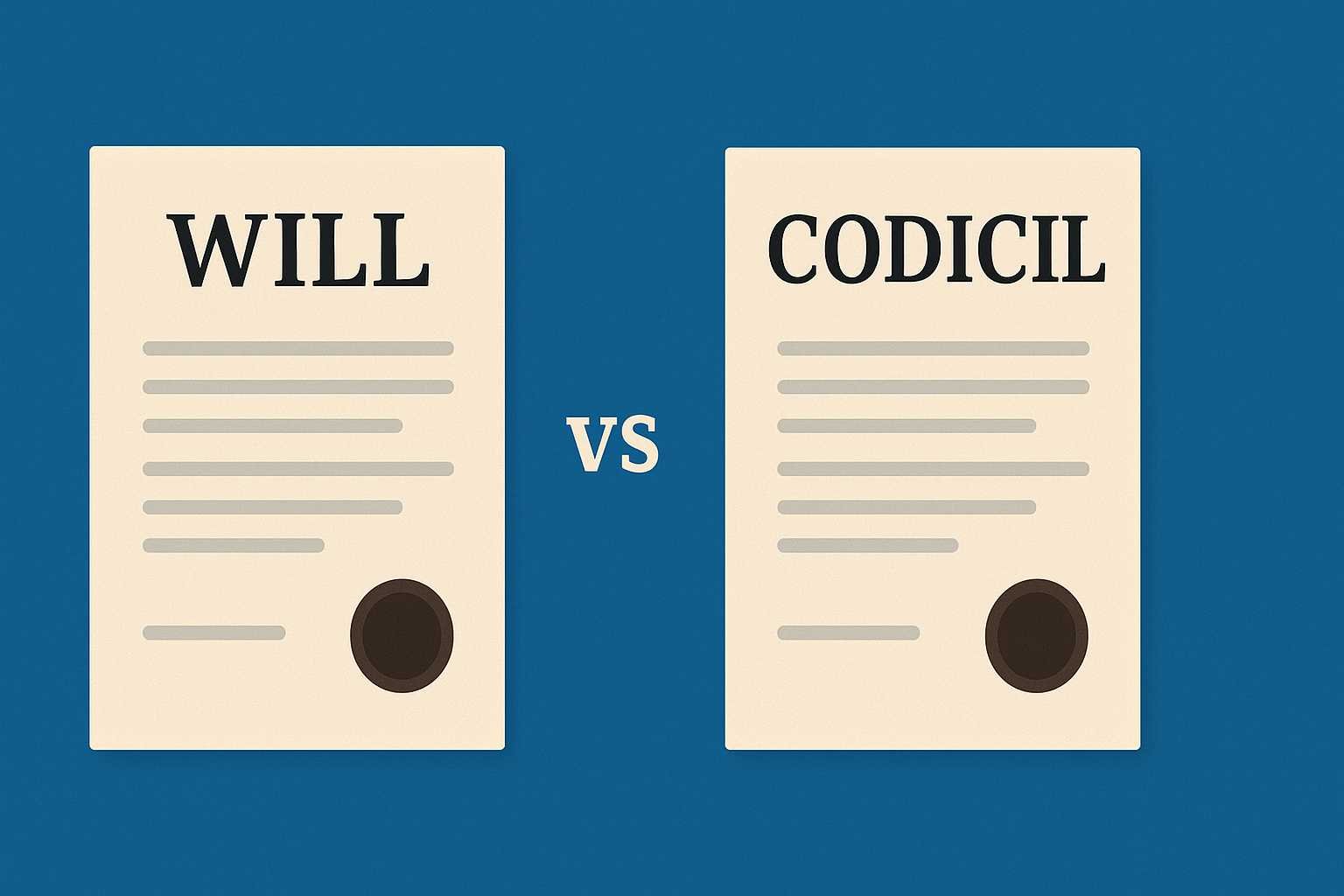On this page you will read detailed information about Difference Between Comparative Fault and Contributory Negligence.
When you’re involved in a personal injury case, understanding the legal concepts that may impact your claim is crucial. Two key doctrines that can significantly affect the outcome of your case are comparative fault and contributory negligence. These principles determine how responsibility is allocated when multiple parties contribute to an accident or injury. While they may sound similar, comparative fault and contributory negligence operate quite differently and can lead to vastly different results for plaintiffs seeking compensation. In this article, you’ll learn the important distinctions between these two legal concepts and how they could potentially influence your personal injury claim.
Understanding Comparative Fault
The Basics of Comparative Fault
Comparative fault is a legal doctrine that allows plaintiffs to recover damages even if they are partially responsible for their injuries. Unlike contributory negligence, which completely bars recovery if the plaintiff is even 1% at fault, comparative fault takes a more nuanced approach. Under this system, the amount of damages a plaintiff can recover is reduced by their percentage of fault in the incident.
Types of Comparative Fault
There are two main types of comparative fault:
- Pure comparative fault: Plaintiffs can recover damages regardless of their degree of fault, even if they are 99% responsible.
- Modified comparative fault: This sets a threshold, typically 50% or 51%, beyond which plaintiffs cannot recover.
For example, in Texas, which follows a modified comparative negligence standard with a 51% rule, if you’re found to be 51% or more at fault, you cannot recover any damages. However, if you’re 50% or less at fault, you can still recover, albeit with reduced compensation.
Impact on Damage Recovery
Under comparative fault, your potential recovery is directly tied to your level of responsibility. If you’re found to be 30% at fault, for instance, your damages would be reduced by 30%. This system aims to create a more equitable distribution of liability, encouraging all parties to take responsibility for their actions while still allowing for some recovery in cases of shared fault.
Defining Contributory Negligence
The “All or Nothing” Rule
Contributory negligence is a legal doctrine that can significantly impact personal injury claims. Under this rule, if a plaintiff is found to be even 1% at fault for their injuries, they are barred from recovering any damages from the defendant. This “all or nothing” approach can lead to potentially unfair outcomes, especially in cases where the plaintiff’s negligence was minimal compared to the defendant’s actions.
Key Elements and Burden of Proof
To establish contributory negligence, the defendant must demonstrate that the plaintiff failed to exercise reasonable care for their own safety, which directly contributed to their injuries. The harm must also have been reasonably foreseeable. In court proceedings, the burden of proof lies with the defendant to present evidence supporting their claim of the plaintiff’s negligence.
Exceptions and Alternatives
Due to the harsh nature of contributory negligence, many jurisdictions have developed exceptions or moved away from this doctrine entirely. The “last clear chance” doctrine, for instance, allows a negligent plaintiff to recover damages if the defendant had the final opportunity to prevent the harm. Additionally, most states have adopted comparative fault systems, which allow plaintiffs to recover damages proportional to the defendant’s degree of fault, even if the plaintiff was partially negligent.
Key Differences Between Comparative Fault and Contributory Negligence
Definition and Application
Comparative fault and contributory negligence are two distinct legal doctrines that determine how a plaintiff’s own negligence affects their ability to recover damages in a personal injury case. Contributory negligence is a stricter approach that completely bars plaintiffs from recovering damages if they are found to be even 1% at fault for the accident. In contrast, comparative fault allows plaintiffs to recover damages, but the amount is reduced by their percentage of fault.
Impact on Damage Recovery
The primary difference lies in how these doctrines affect damage recovery. Under contributory negligence, if a plaintiff is found to be even slightly responsible for their injuries, they cannot recover any compensation. This “all-or-nothing” principle can lead to harsh outcomes. Comparative fault, on the other hand, allows for a more nuanced approach. In comparative fault jurisdictions, plaintiffs can still recover damages even if they are partially at fault, with their award reduced proportionally to their level of responsibility.
Variations in Comparative Fault
Comparative fault systems can be further divided into two main categories: pure and modified. In pure comparative fault jurisdictions, plaintiffs can recover damages regardless of their percentage of fault, even if it exceeds the defendant’s. Modified comparative fault sets a threshold, typically 50% or 51%, beyond which plaintiffs cannot recover. For example, in Texas, which follows a modified comparative fault rule, if a plaintiff is found to be 51% or more at fault, they cannot recover any damages.
Determining Fault in Personal Injury Cases
Understanding Comparative Fault and Contributory Negligence
When it comes to personal injury cases, determining fault is a crucial step in the legal process. Two primary systems used to allocate responsibility are comparative fault and contributory negligence. Comparative fault is a more nuanced approach that allows plaintiffs to recover damages even if they bear some responsibility for their injuries. Under this system, the court assigns a percentage of fault to each party involved, and the plaintiff’s compensation is reduced accordingly.
In contrast, contributory negligence is a stricter doctrine that can completely bar recovery if the plaintiff is found to be even slightly at fault. This all-or-nothing approach is considered outdated by many legal experts and is only followed in a handful of states.
Types of Comparative Fault
There are two main types of comparative fault systems:
- Pure comparative fault: Plaintiffs can recover damages regardless of their degree of fault, with their award reduced by their percentage of responsibility.
- Modified comparative fault: Plaintiffs are barred from recovery if their fault exceeds a certain threshold, typically 50% or 51%.
According to FindLaw, most states have adopted some form of comparative negligence rule, as it is generally viewed as a fairer way to allocate liability in personal injury cases. This approach allows for a more balanced assessment of responsibility and ensures that plaintiffs are not completely denied compensation for relatively minor contributions to their injuries.
In the previous post, we had shared information about Res Judicata: Ensuring Finality and Preventing Endless Litigation, so read that post also.
How Fault Affects Damage Recovery
Understanding Comparative Fault
Comparative fault is a legal principle that significantly impacts your ability to recover damages in personal injury cases. Under this system, the compensation you receive is directly proportional to your degree of fault in the incident. For example, if you’re found to be 20% at fault, you can still recover 80% of the total damages. This approach ensures a fairer distribution of responsibility and compensation among all parties involved.
The Impact of Contributory Negligence
In contrast, contributory negligence is a more stringent doctrine. Under this system, if you’re found to have contributed to the accident in any way, you may be completely barred from recovering damages. This all-or-nothing approach can have severe consequences for injured parties, even if their contribution to the incident was minimal.
Maximizing Your Recovery
To maximize your chances of fair compensation, it’s crucial to gather strong evidence and work with an experienced attorney. They can help challenge unfair fault assignments, negotiate with insurance companies, and ensure you receive the maximum compensation possible despite shared fault. Remember, the percentage of fault assigned to each party directly affects the compensation they can recover, making it essential to build a compelling case that accurately represents the circumstances of your incident.
Conclusion
Understanding the differences between comparative fault and contributory negligence is crucial when navigating personal injury claims. These legal doctrines can significantly impact your ability to recover damages after an accident. While contributory negligence can bar recovery entirely, comparative fault allows for a more nuanced approach based on each party’s degree of responsibility. As laws vary by state, it’s essential to familiarize yourself with the specific rules in your jurisdiction. Consulting with an experienced personal injury attorney can provide valuable guidance on how these doctrines may affect your case. By grasping these concepts, you’ll be better equipped to protect your rights and pursue fair compensation if you’re ever involved in an accident.
Disclaimer
The information and services on this website are not intended to and shall not be used as legal advice. You should consult a Legal Professional for any legal or solicited advice. While we have good faith and our own independent research to every information listed on the website and do our best to ensure that the data provided is accurate. However, we do not guarantee the information provided is accurate and make no representation or warranty of any kind, express or implied, regarding the accuracy, adequacy, validity, reliability, availability, or completeness of any information on the Site. UNDER NO CIRCUMSTANCES SHALL WE HAVE ANY LIABILITY TO YOU FOR ANY LOSS OR DAMAGE OF ANY KIND INCURRED AS A RESULT OR RELIANCE ON ANY INFORMATION PROVIDED ON THE SITE. YOUR USE OF THE SITE AND YOUR RELIANCE ON ANY INFORMATION ON THE SITE IS SOLELY AT YOUR OWN RISK. Comments on this website are the sole responsibility of their writers so the accuracy, completeness, veracity, honesty, factuality and politeness of comments are not guaranteed.
So friends, today we talked about Difference Between Comparative Fault and Contributory Negligence, hope you liked our post.
If you liked the information about Difference Between Comparative Fault and Contributory Negligence, then definitely share this article with your friends.








